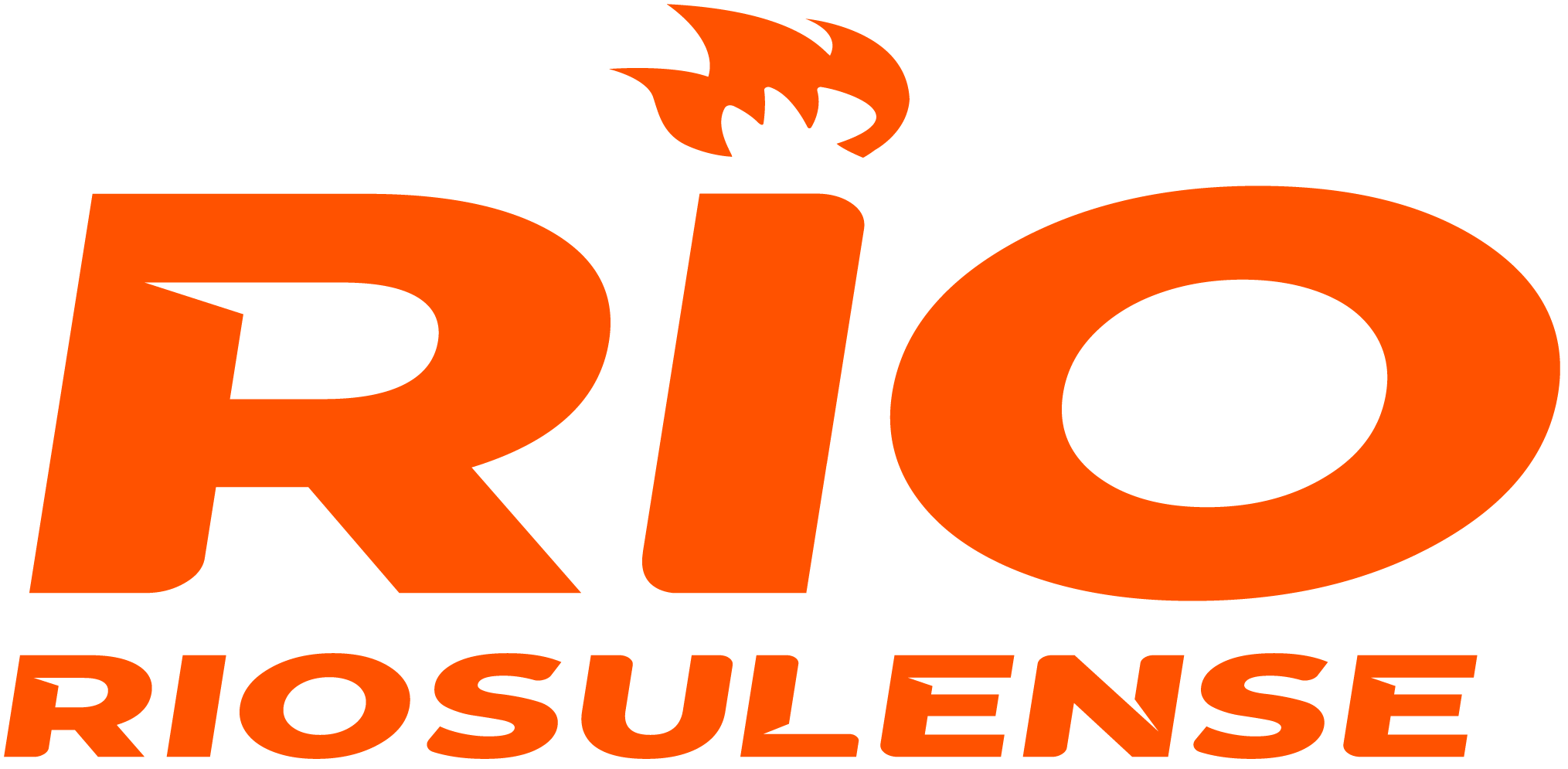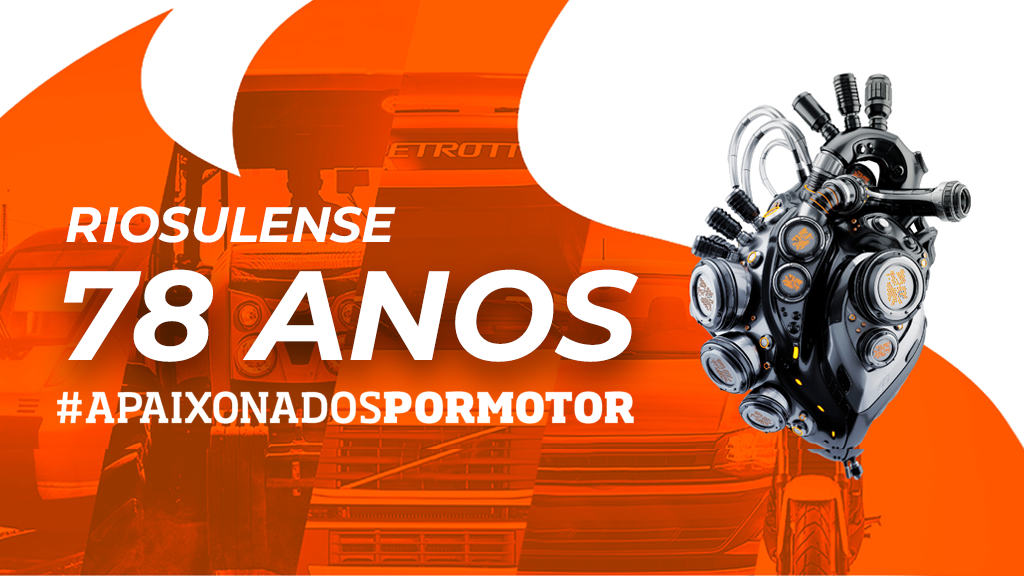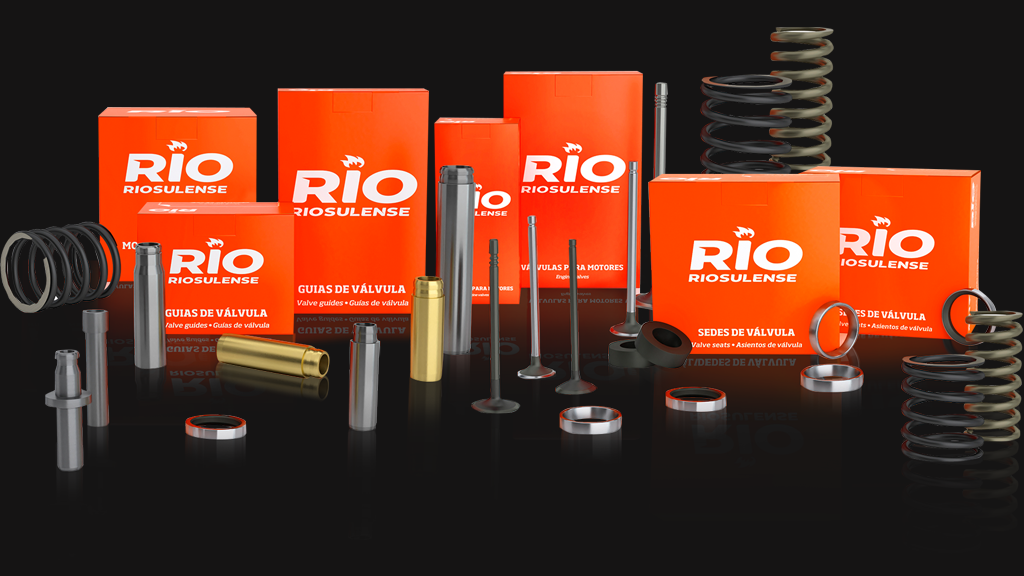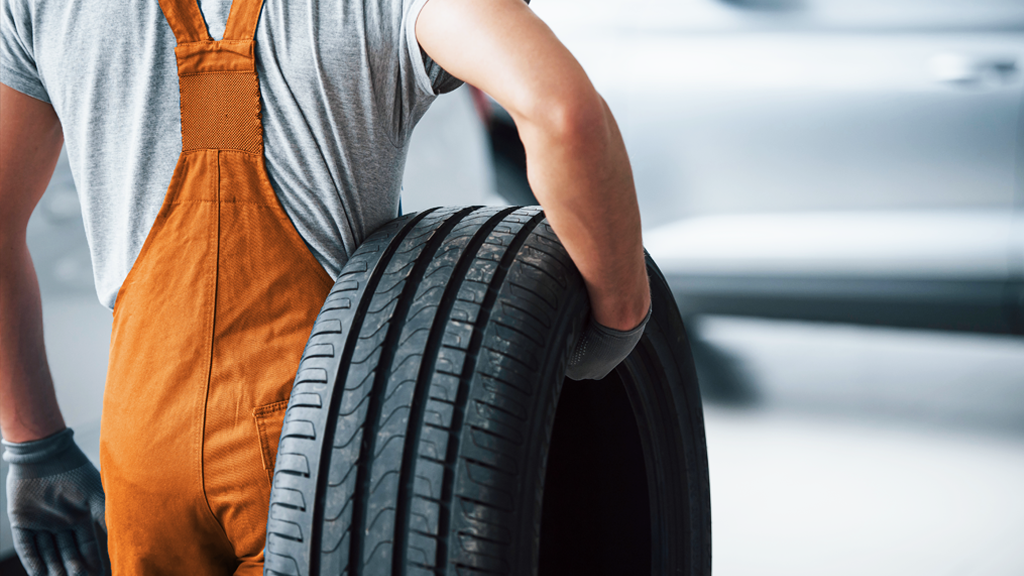Considered the most efficient tool for monitoring, controlling and verifying processes and standards in production lines, the industrial metrology has a role that is increasingly fundamental in the routine of large companies, especially when it comes to establishing and following rigorous safety and quality standards. It is due to the techniques and measuring instruments that the companies are capable of achieving standardized excellence levels in their products.
It is not a coincidence that the operational and economic success of most of the manufacturing industries relies almost exclusively on how their products are made, and metrology is fundamental for that.
Metrology economizing resources on the company
The value chain of a company is comprised by several processes in a chain, especially when it comes to developing original products, since this product goes through phases such as modeling, manufacture, refining and assembly, for example. In this context, the industrial metrology operates as a fundamental tool for generating information and obtaining specific knowledge on all different phases.
And the information generated by the metrology processes makes it possible for the teams responsible for the metrology identifying of potential bottlenecks, avoiding the excessive usage of raw materials and, of course, finding improvement solutions for the product production and avoiding the risks of structural and functional failures.
Industrial metrology developing original solutions
Ensuring optimized, bullet-proof products and productive processes is, indeed, one of the most important roles of industrial metrology – this is why it must be considered as an investment for improving the quality of the production processes and ensuring the best actions are taken on the industrial field.
At RIO, metrology is already an indispensable part of our productive process. We know its importance when it comes to ensuring the quality of our workflow. When working with a state-of-the-art machinery and well defined strategic processes, this tool raises the manufacture value and allows more and more precise production methods for our teams.
This is why we recently invested in a large renewal on our metrology lab, installing anti-vibrating floor and making structural changes. Moreover, our technicians went through qualification trainings and use a very complete software for managing calibration.
Those are new technologies that enhance the power of the Bluetooth measuring digital equipment, which are already part of our list of special machines for metrology. We prepared a list of our solutions for the original & spare parts market! Check it out:
1- Measuring Machine by Coordinates (MMC)
One of the biggest spotlights from our lab, the MMC are capable of measuring through the contact of the part with a specific tip. The measurements can be done spot by spot or through scanning. It is also possible to take the dimension of distances, lengths, format errors, diameters and perform comparisons with 3D models of parts with complex geometry.
The agility and reliability of the MMCs make them fundamental for the production quality control of the whole portfolio of parts produced by RIO. Their high resolution allows controlling dimensional characteristics that could not be measured through conventional measuring techniques. The quality inspections made by this equipment ensure a rigorous control of all critical features of the part!
2- Measuring Articulate Arm
Another important support for the technologies from our lab, the Measuring Articulate Arm scans the parts using laser and can also measure spot by spot with specific ends, according to the material to be analyzed. This tool allows comparing the part geometry with its 3D model.
Here at RIO, this equipment is used both for controlling the weariness and the lifespan of tooling and for the reverse engineering process, especially due to its agility and precision on measuring the whole part profile.
3- Roundness Measuring Machine
The Roundness Measuring Machine measures through dynamic palpation, scanning the part through an end. This tool is used for format error control, circularity, cylindricity, straightness, geometric run-out and perpendicularity with high precision, uniquely contributing for the conditioning and precision of the measurements we perform here.
This is why the roundness measuring machine is a great ally when it comes to checking the quality of format characteristics of guides, liners, seats and tappets that could not be done with the needed precision of other measuring techniques were used. This is why we can ensure the perfect assembly and application of our parts.
4- Profilometer
All measurements made by profilometers are made through the palpation between an end and the part. Here at RIO, this technology is applied in the control of small internal and external profiles, allowing a more precise control of the profile which will directly or indirectly influence in the assembly, such as bevels, sealing profiles and radius.
5- Rugosimeter
The rugosimeter measures through scanning its diamond tip and the part, and is applied for determining the parts’ superficial finishing parameters. The adequate rugosity for the internal profile of cylinder liners, for example, is a very important parameter to ensure the quality on the part application, influencing directly over the engine performance and oil consumption. This is why the control of superficial finishing from parts such as seats, tappets, guides and liners is very important to avoid early weariness and good assembly characteristics!
6- Profile Projector
The projection of the part profile happens through an interference with a light canon that projects and enlarges the profile, helping in the measurement of the external profiles from these components and on the control of the production line and of the quality of the profiles from parts such as guides, seats, tappets and liners.
7- Measuring Microscope
Mainly used in the enlargement of profiles through optical microscope, this equipment assists in the measurement of internal and external profiles from the components manufactured by RIO. It is important to highlight that the high resolution of the microscope allows a very precise analysis of the profiles. This is why it is used for controlling the internal lubricating channels of valve guides, for example.
8- Gauges
And of course, aside from the tools and solutions made available on our metrology lab, RIO also has all the basic measuring equipment, such as vernier calipers, micrometers, threaded gauges and diameter comparison gauges, which are operated by multidisciplinary teams who are extremely compromised with the maintenance of a high quality standard.
Riosulense Products Catalog
Quicky access complete information about our products!
Who works with the development of original solutions knows that paying attention and being dedicated with industrial metrology is fundamental in order to get things out of the paper, reduce production costs and improve the solution creation agility and efficiency! This is how RIO helps your company to move towards innovation! Would you like to know more about how we innovate to contribute with your business? Access our website or contact our team, we are always willing to help!



